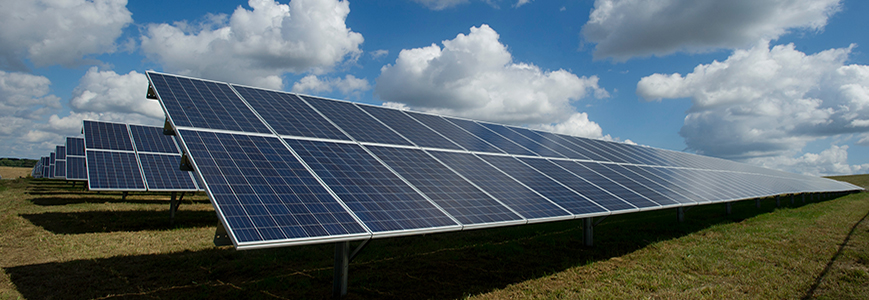A Fast Track to Solar-Power Paint?

NIST researchers may have found a more efficient way to hunt down promising new solar cell materials.
When you think of solar power, you might picture large arrays of bulky silicon solar cells covering a field or a neighbor's roof. But what if people could paint those solar cells onto the walls of their homes?
The solar industry is interested in developing this technology, which would use not silicon but organic materials such as plastics. Using organic materials, it might be possible one day to paint a cheap solar array onto almost any surface, even one that bends and moves.
The trouble is that at this point, the organic materials that we know of so far are much less efficient at converting sunlight to electricity than traditional silicon-based technology. So researchers are looking for new, better organic materials. Unfortunately, sifting through these candidates to find the most promising ones is expensive and time-consuming.
Working with the Naval Research Laboratory, NIST researchers may have discovered a quicker way to screen new materials, using ultrafast lasers. In their method, a pulse of visible light shines onto a sample to mimic sunlight. Then, a second laser pulse is used to probe the sample’s electronic behavior.
To test their technique, the team used it on several material samples whose abilities were well-understood from conventional electronic studies. "We saw the same relative behavior," said NIST research chemist Ted Heilweil. "We're pretty confident that our method can tell you what is useful to know."
The method could also potentially be used to explore new semiconductor materials for uses beyond solar cells — for example, in better, lighter, and cheaper energy-efficient lamps.
Contacts
-
PML webmaster

